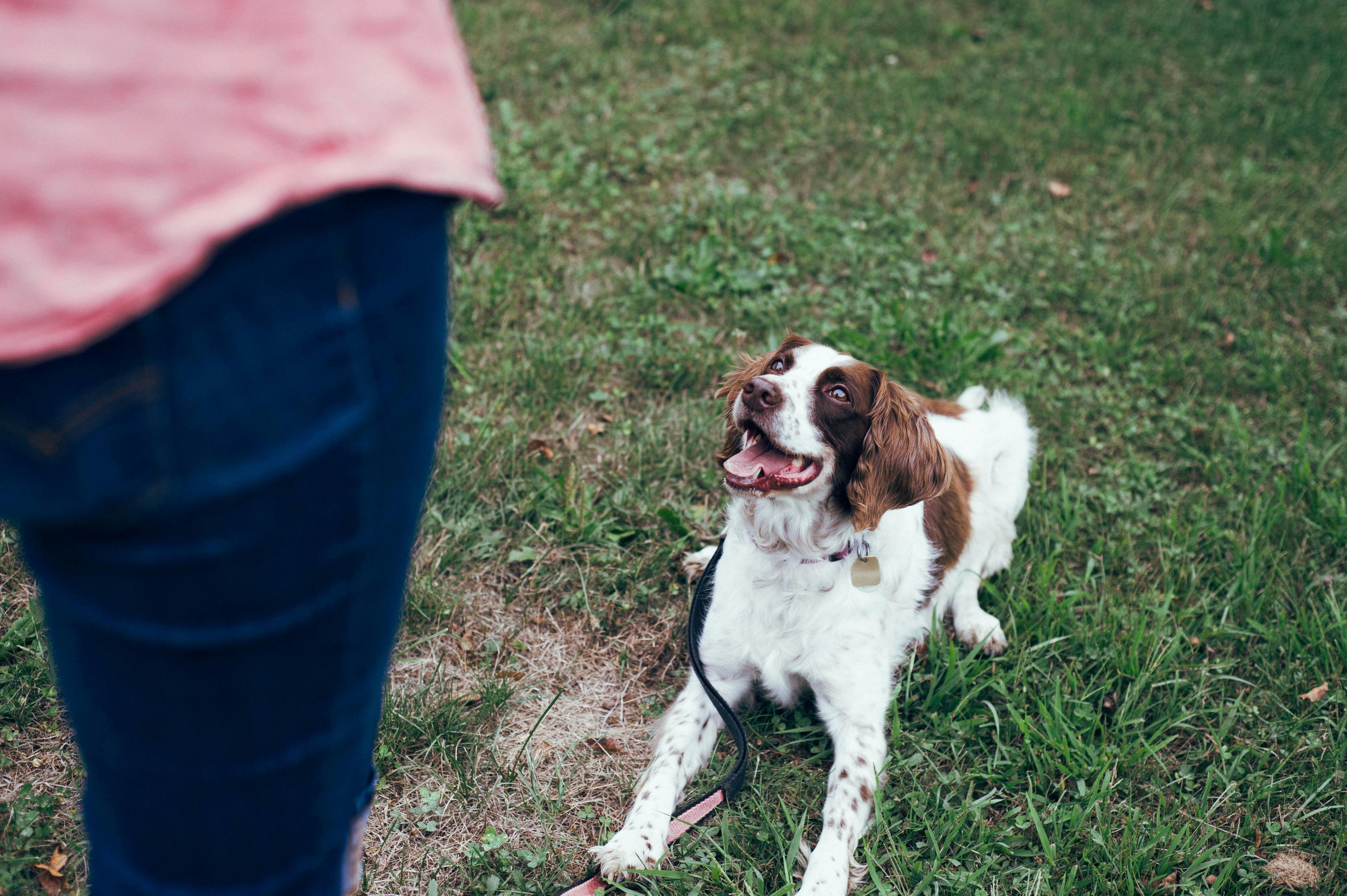
Written by Adam Lee-Smith
Veterinary reviewed by:
Published: 09/07/2021, edited: 09/07/2021
Overview
Whether it's a hurricane, an earthquake, or a wildfire, natural disasters are increasingly common. For example, there are over 1,000 tornadoes and 16 major earthquakes in the USA each year alone. These stats mean it's wise to prepare for the worst, especially if you live in an area where natural disasters are frequent.
Luckily, there are plenty of ways you can keep you and your fur-baby safe during a natural disaster. First, you'll want to ensure your pupper is vaccinated and microchipped to keep them safe if you're separated and so you can be quickly reunited.
It's also a good idea to pack a pup evacuation kit to make evacuating as streamlined as "pawssible". While there are a few ways you can prepare beforehand, keeping your dog safe during a disaster is a little more tricky.
Teaching Tucker a few basic tricks could make a world of difference during an evacuation. We've put together 5 of the top tricks to keep your dog safe during a disaster to help you and your canine get through it without any hiccups.
Come when called
"Pawhaps" the best trick for keeping Fido safe in a natural disaster is "come when called". By training your pupper to come to you, they'll be unlikely to run off during a natural disaster, and if they do, you can call them back. "Come when called" will keep Bella by your side, shaving precious minutes off your evacuation time.
As with most tricks, you should try teaching "come when called" while your hound is still a puppy. You can build your pup's understanding from a basic level to an advanced one, where your pup will come to you regardless of any distractions. Getting your dog's training to an advanced level is very useful when fleeing a hectic natural disaster.
Crate training
Crate training is another "pawsome" skill to teach your doggo. Training Scoob to stay comfortable inside a crate for an extended period will make your next evacuation as easy as possible.
Crate training is ideal if you have to make arrangements just before a natural disaster and need your pup calm and contained. Then, when you're ready to hit the road, you won't need to worry about your dog refusing to get inside their carrier.
One of the best ways to crate train your canine is to start with just a few minutes in the crate at a time before extending their stay. It's best to start crate training during puppyhood, but it's possible to crate train a fully grown dog with a bit of patience.
Not to eat off the ground
Your pup will encounter plenty of new sights and smells during an evacuation, so it's essential to teach them not to eat of the ground. While you're packing up your car or looking for a pet-friendly shelter, your dog may be on the prowl for a tasty morsel they can snack on.
There's a good chance any food Fido finds during a natural disaster is going to be past its best, which could give your dog a bacterial infection like garbage gut. During an evacuation, the last thing you'll want to deal with is Baxter barfing inside your car.
Among the easiest ways to teach your pup not to eat off the ground is to practice with treats. Introducing a command like "drop it" or "leave it" is also key to teaching your mutt this trick.
Perform a long stay
Teaching your dog to perform a long stay can come in very useful during a natural disaster. A long stay could stop your dog from running off, eating something they're not supposed to, or interfering while you prepare to evacuate.
Performing a long stay will also help your doggo master a variety of other handy tricks, like "sit" and "lie down". Teaching your dog to perform a long stay takes time and patience but isn't hard to teach.
One of the most popular ways of teaching a long stay is with the palm method, which requires hand signals to dictate how long your pup should stay in position.
Accept strangers
Whether you're evacuating to a pet-friendly shelter or a friend's house, you'll need your pup to accept strangers. If your dog is fearful around strangers, they may lash out. And if your dog lashes out at another pup or person, you may be forced to leave a shelter.
Even if your mutt doesn't act aggressively, a fear of strangers could lead your dog to become highly stressed, which could affect their physical and mental health.
Taking your dog out to public places when they're a puppy is among the easiest ways to get them comfortable around strangers. Use obedience tricks and build an association between strangers and treats to help an older dog accept strangers.
Comments (0)
Leave a comment
Related articles
About Wag!
© 2024 Wag Labs, Inc. All rights reserved.
About Wag!
© 2024 Wag Labs, Inc. All rights reserved.
Security
© 2024 Wag Labs, Inc. All rights reserved.